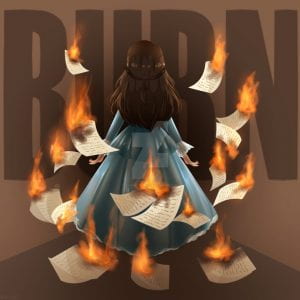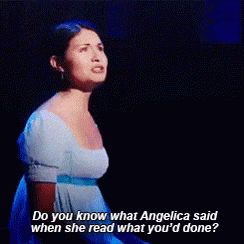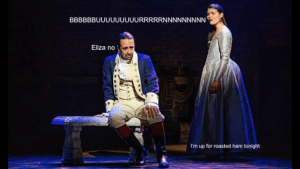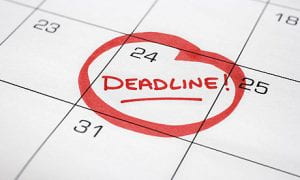By: Ahad Khatri

The song “Immigrants (We Get The Job Done)” is an interesting adaptation of “Yorktown (The World Turned Upside Down)”, incorporating some of the lyrics (“Black and white soldiers wonder alike if this really means freedom”) as well as, notably, a recurring sample from the original song (“Immigrants: We get the job done”). The text is a unique take from the original song, which recounts the Siege of Yorktown, which was perhaps the last major battle in the American Revolutionary War.
To give some more context regarding the end of the Revolution, marked by the Battle of Yorktown, Alexander Hamilton and Marquis de Lafayette, who represented America and France, fought hard to force Lord Cornwallis, who was the British Army General during this battle, to surrender. The argument of the song “Yorktown (The World Turned Upside Down)” was the foundation and construction of America on immigration and culture, not on authority.
The song “Immigrants (We Get The Job Done)” keeps the theme of power and strength, derived from a mixture of different colors and creeds coexisting in America. It’s diverse style, stemming from a diverse range of artists, like K’Naan (Somali), Snow Tha Product (Mexican), Riz MC (British and Pakistani), and Residente (Puerto Rican), parallels the different voices on “Yorktown (The World Turned Upside Down)”, such as Hamilton (Caribbean) and Lafayette (French), to give more credibility to the idea that immigration was and continues to be a movement in America. The adaptation was released in 2016, during the Trump campaign, and provided emotional and situational context for immigrants, as they are now being separated from their families near the U.S.-Mexico border.
Such feelings are conveyed by a cadre of outspoken artists, some of who are living in America, so the adaptation makes the original song more personal to the people who are struggling with today’s immigration policies. According to the Genius.com annotation of the original song, the lyrics “Immigrants: We get the job done” remind people that the values on which America was found were “intended to apply to men who look like the actual Hamilton and Lafayette and to modern men and women who look more like Miranda and Diggs”, which could refer to, song-wise, the different artists on the adaptation. For more information regarding both songs, follow the links below:
https://genius.com/Knaan-snow-tha-product-riz-mc-and-residente-immigrants-we-get-the-job-done-lyrics
https://genius.com/Lin-manuel-miranda-yorktown-the-world-turned-upside-down-lyrics
Finally, because I am also Pakistani and Canadian, both songs remind me of how I have changed in an environment like America, and how, by working hard, and reminding myself of where I came from, I can become a more open-minded and strong individual. This perspective might help me write my own thoughts and values into my remix of “Alexander Hamilton”, as I can potentially talk about my roots and my understanding of America, as Lin-Manuel Miranda did so with Hamilton.
















